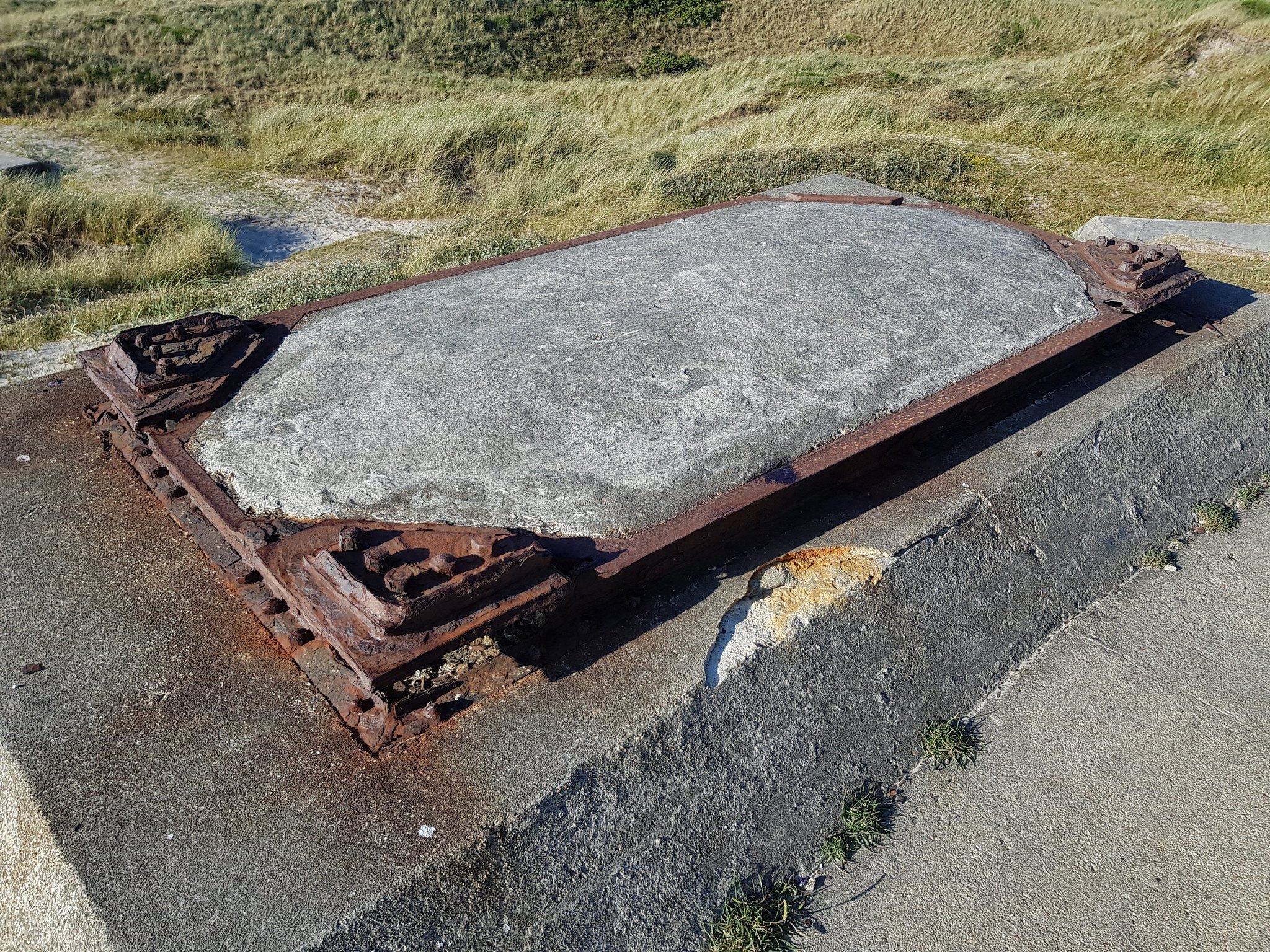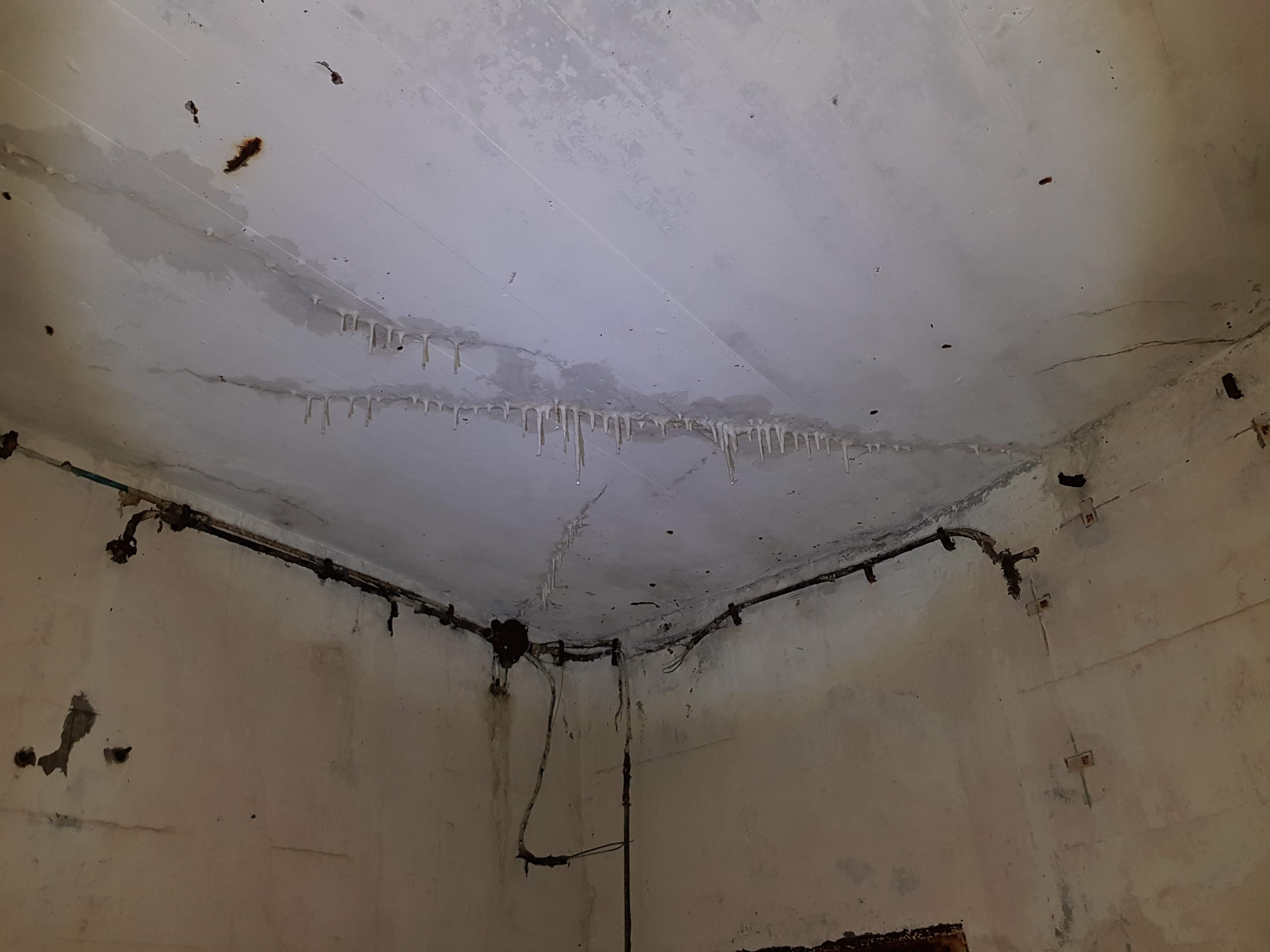Exploring the History and Horror of the Atlantic Wall: A Comprehensive Guide
The Atlantic Wall was one of the largest fortification systems ever built, stretching for over 2,000 miles along the western coast of Europe during World War II. It was constructed by Nazi Germany in an effort to prevent an Allied invasion, and it remains an important part of European history to this day. In this comprehensive guide, we'll explore the history and horror of the Atlantic Wall, including its construction, defenses, and the eerie stories of its abandoned bunkers.
The Construction of the Atlantic Wall
Construction of the Atlantic Wall began in 1942, and it was intended to be a barrier against Allied invasion. The wall was constructed using a variety of materials, including concrete, steel, and barbed wire. The fortifications included bunkers, gun emplacements, and other defensive structures, as well as anti-tank obstacles and minefields.
The defenses of the Atlantic Wall were designed to be almost impenetrable, with the bunkers built to withstand bombs and shells from naval vessels. The wall was also equipped with an extensive network of tunnels, allowing troops to move quickly and safely from one position to another.
The Abandoned Bunkers of the Atlantic Wall
While many parts of the Atlantic Wall have been demolished or repurposed, there are still many abandoned bunkers scattered along the coast of Western Europe. These bunkers are a haunting reminder of the horrors of war and the atrocities committed by the Nazis.
Exploring these abandoned bunkers can be a fascinating and eerie experience. Many of the bunkers are still in their original condition, with rusted equipment and old ammunition littering the floors. The walls are often covered in graffiti and other signs of modern-day visitors, but the overall feeling is one of isolation and abandonment.
One of the most well-preserved bunkers along the Atlantic Wall is located on the coast of Normandy, France. This bunker was designed to be an observation post, allowing troops to watch for incoming Allied ships. Today, the bunker is open to the public as a museum, allowing visitors to explore the eerie depths of the Atlantic Wall.
The Haunting Stories of the Atlantic Wall Bunkers
The abandoned bunkers of the Atlantic Wall are not just eerie relics of the past - they are also the sites of countless ghost stories and urban legends. Many people have reported strange noises, eerie apparitions, and unexplainable occurrences within the walls of these bunkers.
One of the most well-known stories involves a bunker on the coast of Norway. Legend has it that during World War II, a group of German soldiers were stationed in the bunker. One night, they heard strange noises coming from within the walls. When they investigated, they found a group of Allied soldiers hiding in a secret chamber. The German soldiers killed the Allied soldiers, but their spirits are said to still haunt the bunker to this day.
Another famous story involves a bunker in Denmark. According to legend, a group of German soldiers were stationed in the bunker during the war. One night, they were attacked by Allied soldiers, and all of the Germans were killed. Today, visitors to the bunker report hearing screams and gunshots, as if the battle is still taking place.
While these stories may be nothing more than urban legends, they add to the eerie and unsettling feeling of the abandoned bunkers along the Atlantic Wall.
Conclusion
The Atlantic Wall is a powerful reminder of the horrors of war and the lengths that nations will go to in order to
 |  |  |
 |  |  |
 |  |  |
 |  |  |
 |  |  |
 |  |  |
 |  |  |
 |  |  |
 |  |  |
 |  |  |
 |  |  |
 |  |  |
 |  |  |
 |  |  |
 |  |  |
 |  |  |
 |  |  |
 |  |
@atlantic_wall A book about bunkers in World War Two #atlantic wall♬ original sound - atlantic wall
Pinterest boards

The Atlantic Wall Made Germany Invincible
The Atlantic Wall was a system of coastal fortifications built by Nazi Germany on.

The ATLANTIKWALL in Raversyde
During World War II, the cliffs at Cape Cornwall were fortifications against possible German invasion. However, the rock-solid defences at the base of the cliffs became exposed to the Atlantic Ocean after storms, giving the German army a tactical advantage. Led by Professor Matthew Reynolds, historical studies at Plymouth University have painstakingly discovered the story of how the defensive range was uncovered, and how the defences were brought back into action.

Regelbau companies can use their own logo
These four massive Nazi-built bunkers near Calais are both frightening and stunning. These bunkers bear witness to the power of creativity and engineering and remind us (the descendants of their creators) that, no matter how hard we try, even something built.

Nazi Germany launches invasion through channel
The Atlantic Wall was Hitler's last line of defense against the Allied Forces as they marched towards Berlin. The wall was constructed between 1943 and 1945 and stretched across the entire coastline of Western Europe. It was the largest and most sophisticated system of fortifications built by the Nazis. The Atlantic Wall consisted of thousands of concrete pillboxes, gun emplacements, and anti-tank obstacles. It was also home to thousands of German soldiers who fought to defend their homeland.

☠ Verdun region in Germany ☠
The ATLANTIKWALL in Raversyde is one of the best-preserved remains of the German defensive line. In northern France, this actual fortification was built in 1944 by the Wehrmacht, but after it was reduced as a result of Allied bombing, parts of the fortification continued to be used until the end of the 1980s.

Ghostly Remains of Nazi Germany's Atlantic Wall
The Atlantic Wall was a system of fortifications, artillery batteries, anti - aircraft guns and other installations built in France and Germany between 1941 and 1945 to defend the coast of Europe against attacks by sea.

Regelbau is a type of standard-built bunker.
The Atlantic Wall and the Regelbau program were used during WWII.

LESSONS FROM THE ATLANTIKWALL Museum Noordwijk
The Atlantic Wall was Adolf Hitler's name for the fortifications that were the cornerstone of his Fortress Europe defences against Allied invasion. The Atlantic Wall consisted of a web of fortifications stretching from the Spanish border to the North Cape in Norway. It included over 500 coastal batteries, over 3000 coastal mortar batteries, over 3000 anti-tank gun emplacements and over 3000 anti-aircraft installations.

What else do you know about these bunkers?
The Atlantikwall Museum Noordwijk is a series of bunkers from the Second World War. The museum tells the story of the war from a European perspective.

This wall was built in 1940
The Atlantic Wall was Nazi Germany 's defense against Allied air attacks in the event of a invasion . These WWII bunkers provide a haunting look into the past.

Construction of the Atlantic Wall began in 1942.
The Atlantic Wall was a network of fortifications built along the coast of Europe during World War II. It was designed to protect the continent from a German invasion and consisted of thousands of concrete pillboxes, gun emplacements and anti-tank obstacles.

WW2 Nazi bunkers stand the test of time
ATLANTIC WALL ➡️ Regelbau after the German invasion of Denmark in 1940, the Germans began working on the Atlantic Wall. There were a few goals involved in building this series of fortifications in along the island's southern.
Related Sites:
- a memory book on atlantic wall in
- world war ii atlantic wall timeline germany
- atlantic wall in denmark
- watch the history channel atlanticwall
- watch the history channel atlanticwall 2
- protectingthefuture with the atlanticwallatlas
- watch history channel atlanticwall
- the nazis built the atlantic wall
- protectingthefuture with the atlanticwallatlas
- defending europes west coast
- what was the atlanticwall and when was it built
- the atlanticwall protected the atlantic westwall
- the building of atlantic wall began in
- the atlantikwall in europe
- the atlanticwall protected atlantic
- what was atlanticwall and when was it 23
- Boards | Pinterest
- what was the atlanticwall and when was it built
- what was the atlanticwall and when was it built
- 10 fascinating facts about atlantic wall
- the atlanticwall protected atlantic 23
- the atlanticwall protected the atlantic westwall
- protectingthefuture with the atlanticwallatlas 2
- what was the atlanticwall and when was it built 2
- watch history channel atlanticwall
- the atlanticwall protected the atlantic westwall
- Profile | Pinterest
- the atlanticwall protected the atlantic westwall 2
- the ruins of atlantic wall
- protectingthefuture with
- watch history channel atlanticwall
- the atlanticwall protected atlantic 23
- walk atlantic wall
- the german coast guard in norway during wwii
- the atlanticwall protected atlantic
- the atlanticwall protected atlantic
- check out the ghostly atlantic wall
- what was atlanticwall and when was it


















































































Comments
Post a Comment